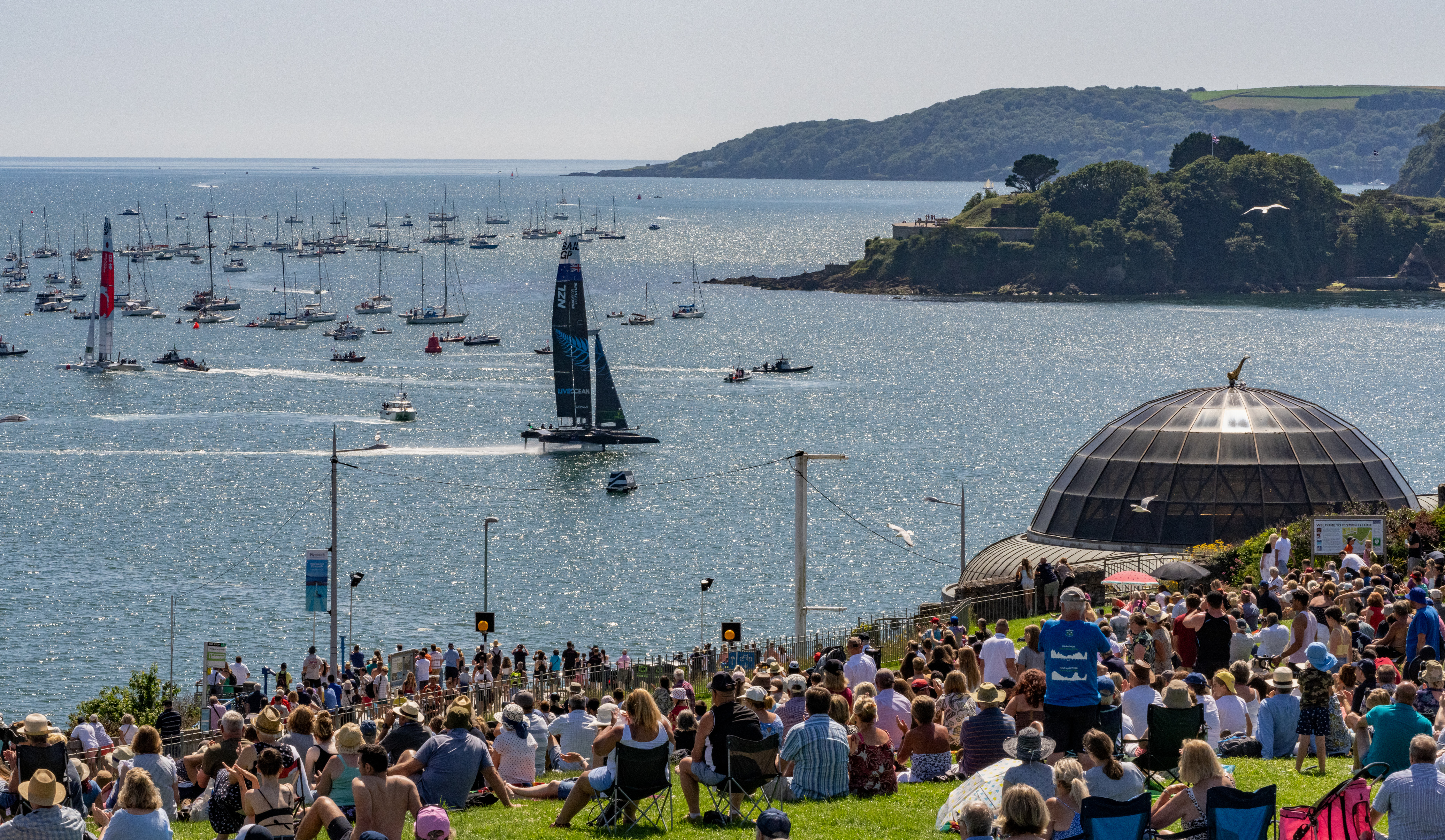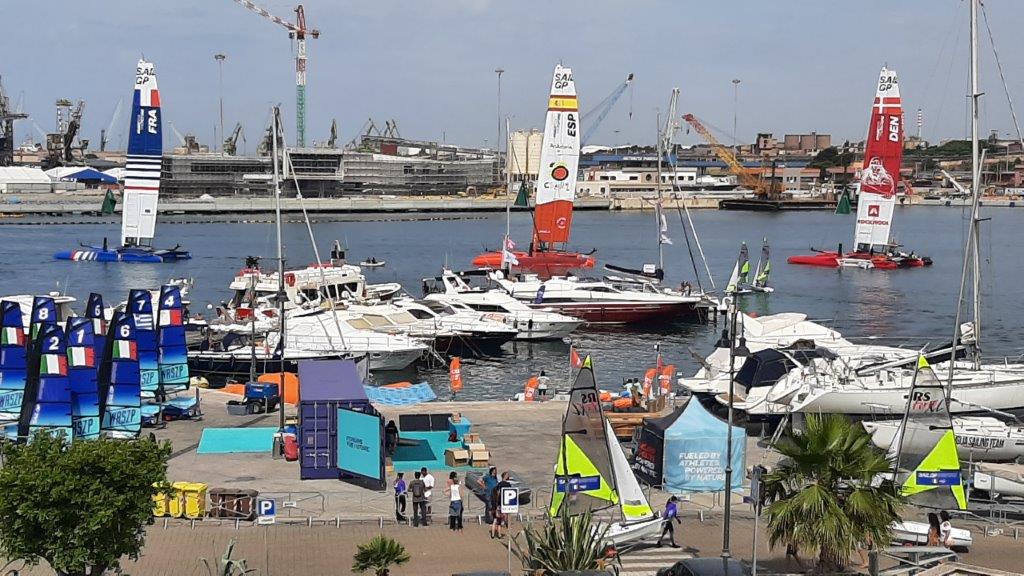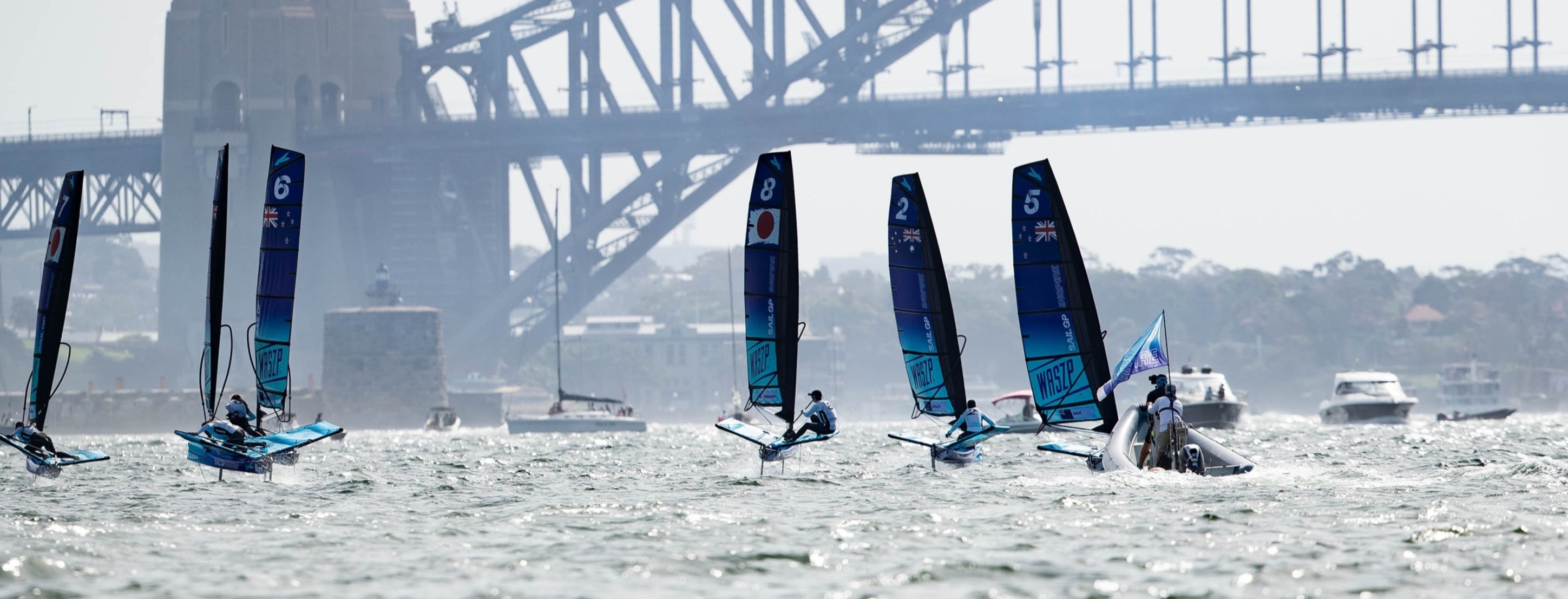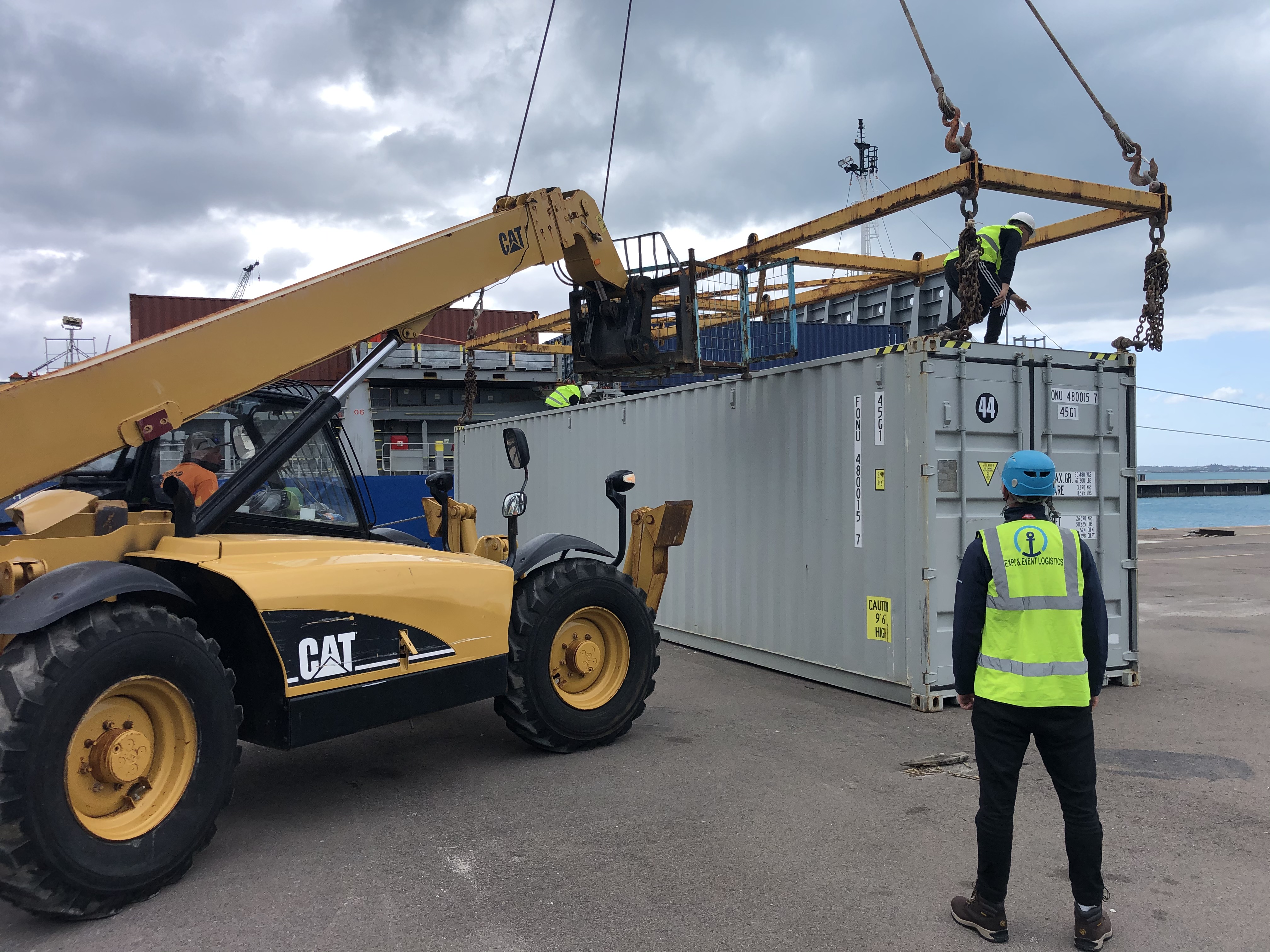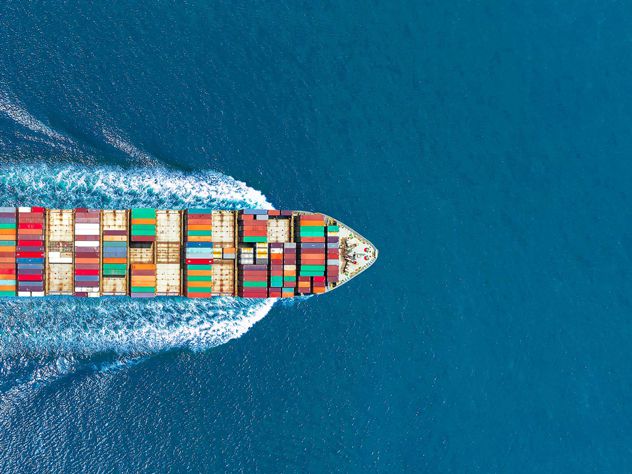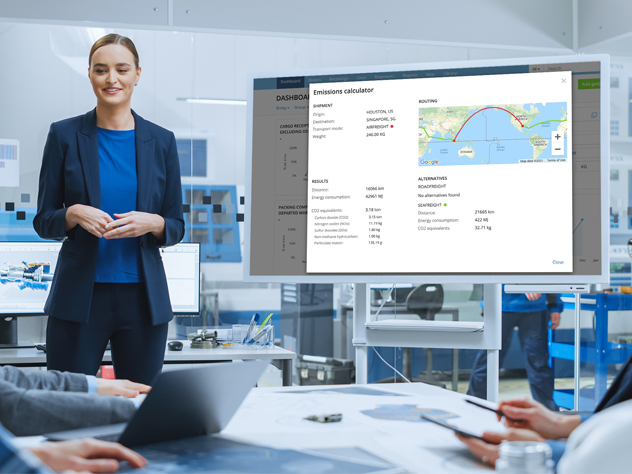Kuehne+Nagel is used to transport an international global series around the world. However, Otto Schacht was confident that it could also help to reduce the carbon footprint of SailGP and he saw this as an ideal platform to educate the younger generation about climate change and carbon reduction.
Visibility and transparency
According to Otto, the starting point for reduction is data to record CO2 emissions. With this, you can make an informed decision whether to use renewable fuels or offset carbon emissions. Otto pointed out that shipping won’t be carbon-free in the next 20 years but we do have the option to use renewable fuels and reduce emissions by 90* per cent.
Offsetting unavoidable emissions
For carbon offset programmes, it was crucial to Kuehne+Nagel to choose projects in South America and Africa that are gold standard projects, subject to the highest levels of verification. While some might see offsetting as a soft option Otto said sometimes emissions can’t be avoided and, in this case, offsetting is viable.
He pointed out that two to three years ago, sustainability was not a big issue for customers but recent events, including changes in customers buying behaviour, had altered this. He stressed that reducing carbon emissions in logistics was not just about shipping freight but also about air and road transportation and how all modes of transport contribute fewer emissions using renewable fuels, such as biofuel and HVO (hydrotreated vegetable oil) fuel.
*source: Neste
Start by giving people visibility of their carbon emissions. With this, they can then decide what action to take.
Otto Schacht, executive vice president global sea logistics, Kuehne+Nagel



.jpg/04c8e340-6bed-4b0e-df46-7b836ec9f059)
.jpg/6d06b377-804d-9780-9e9e-f396e7c3870a)
